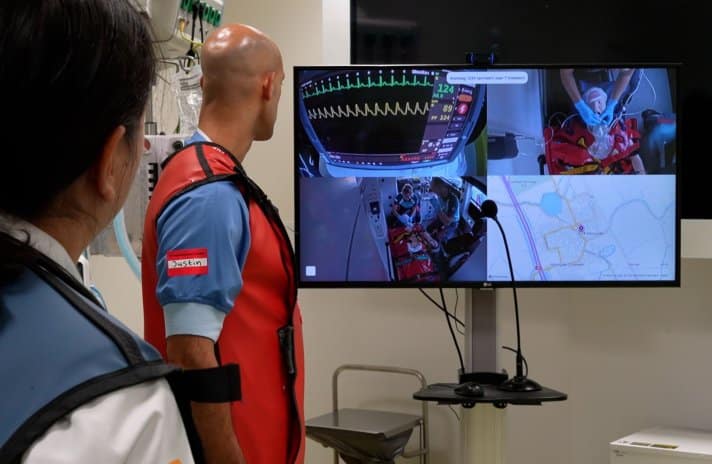
Ventricular tachycardia (VT or V-tach) is a type of abnormal heart rhythm. A lot of data, among others, echo, MRI, ECG and lab values, of patients suffering from this condition is available in the hospital, which isn’t used at the moment. In a collaboration between de Eindhoven University of Technology (TU/e), Philips Research, and the Catharina Hospital, the COMBAT- VT project aims to develop a computational model that makes use of the patient’s data to predict the risk of cardio arrhythmias and supports the decision of the best treatment. This would significantly improve quality of life while reducing health care costs, says TU/e in a press release.
Patient data will be used for treatment, but there is also physiological and physical knowledge available in the form of computer models. The project will look into Physics Informed Neural Networks (PINNs), which tries to train on the data while also respecting the laws of physics. In this way training becomes more efficient.

Electro-mechanical modeling
Electrophysiological VT simulations rely on geometrical information of the infarct area, where the remodeling of tissue properties is limited to this area in the current electrophysiological modeling pipeline. However, in mechanical simulations, functional abnormalities are detected outside this infarct area as well, where deformations of the nearby remote area are affected by the dysfunctional infarct.
In this project, such mechanical abnormalities are linked to electrophysiological remodeling. Here, abnormal strain distributions over the heart are assumed to affect the redistribution of remodeled electrophysiological properties over time. The effects of this hypothesis on long-term computational VT risk predictions are further explored to investigate if it might explain the progression of VT risk over time as observed in the clinic.
Reduce the computational effort
The new project also wants to make use of a new computational model for the analysis of VT data, named Isogeometric Analysis (IGA). IGA enables the construction of smooth discretized geometries. It is expected to reduce the computational effort when compared to the currently used methods while enabling an accurate representation of the development and behavior of VTs.
Selected for you!
Innovation Origins is the European platform for innovation news. In addition to the many reports from our own editors in 15 European countries, we select the most important press releases from reliable sources. This way you can stay up to date on what is happening in the world of innovation. Are you or do you know an organization that should not be missing from our list of selected sources? Then report to our editorial team.







